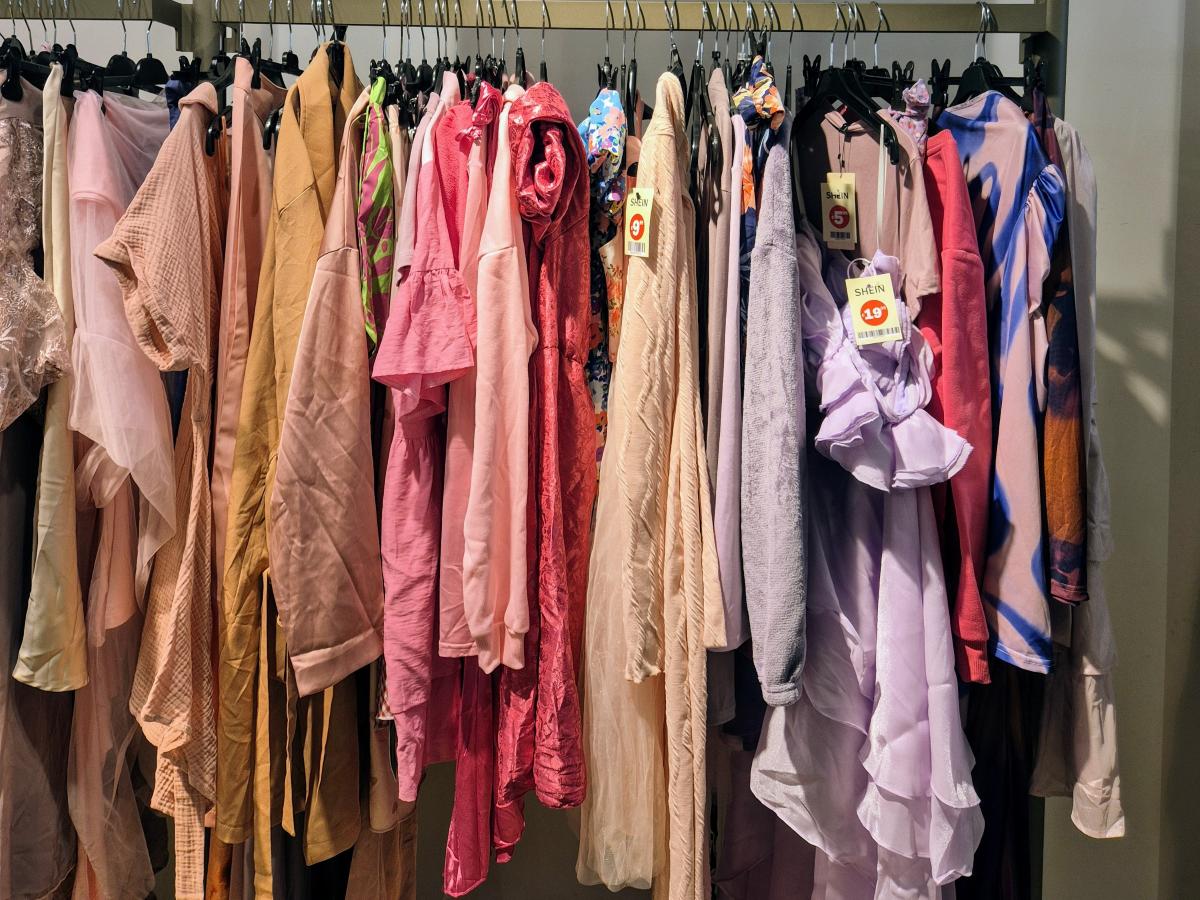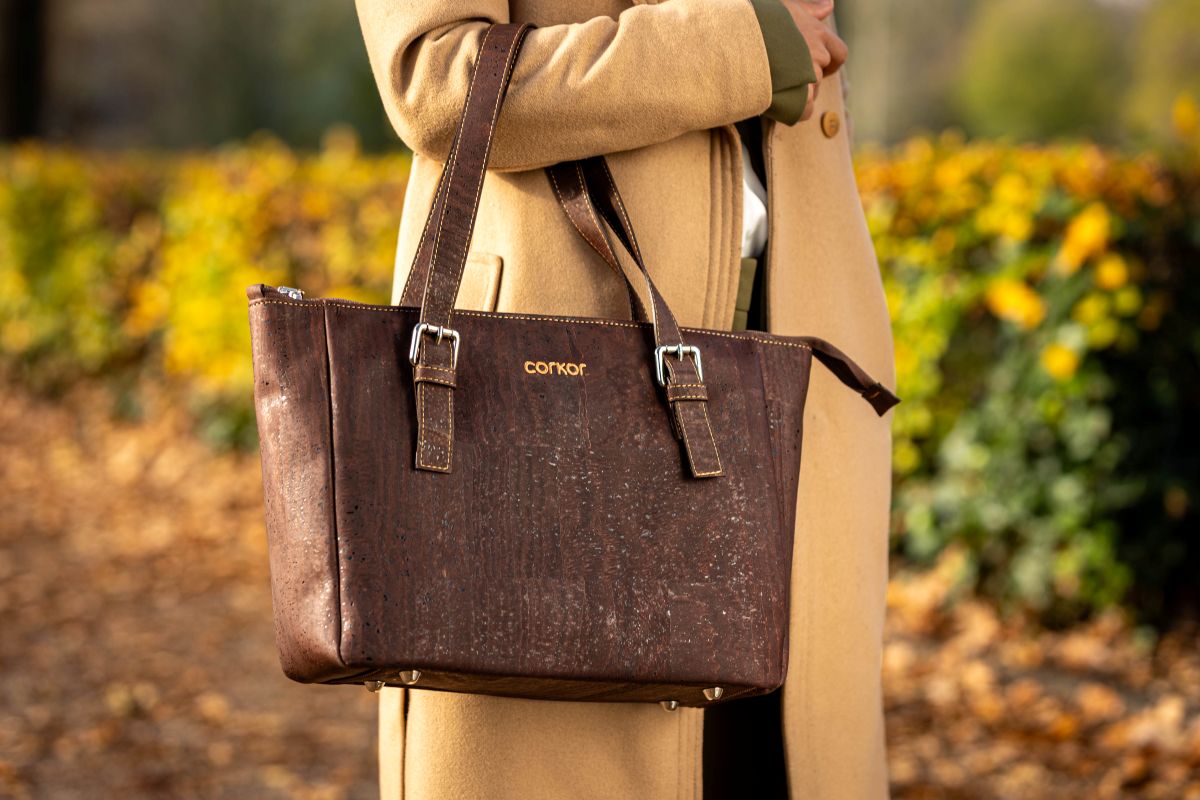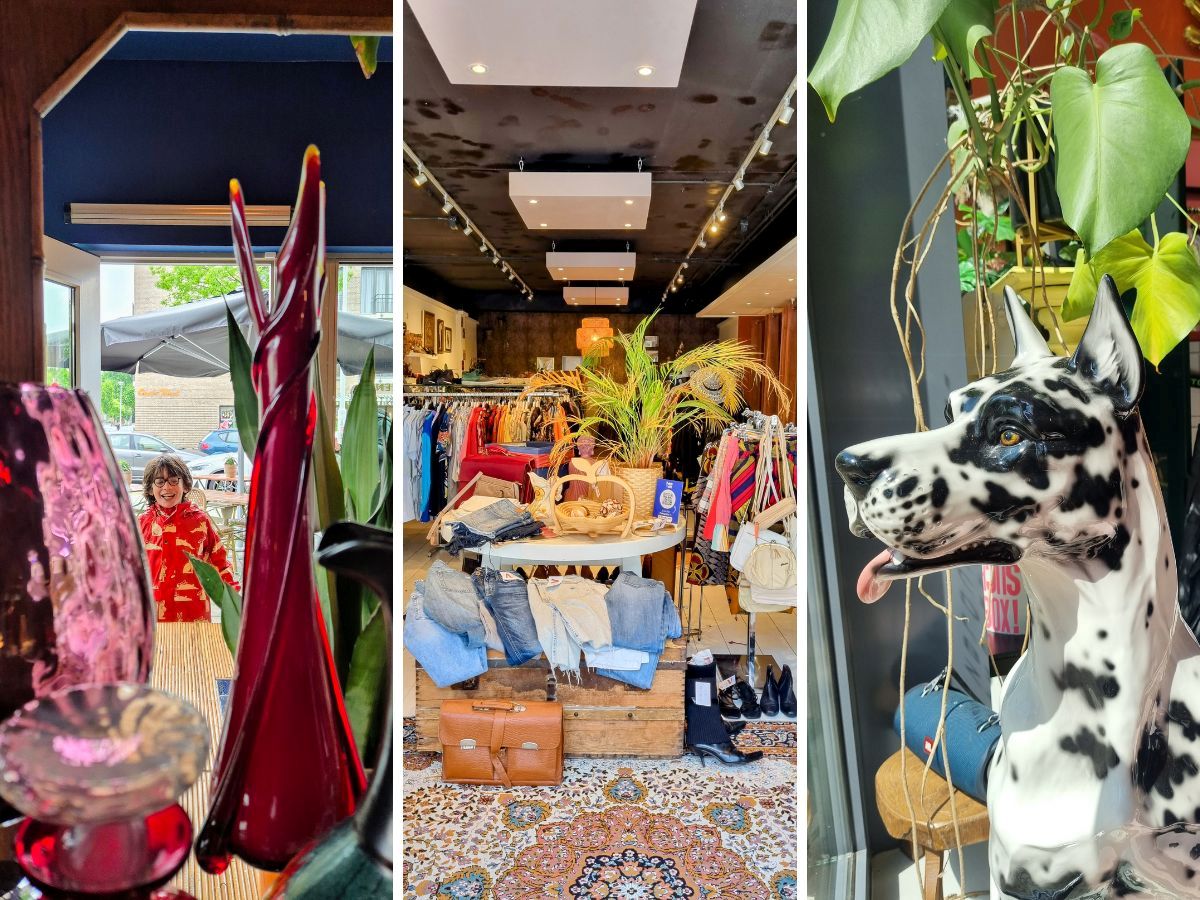Toxic fast fashion clothing? OK, that's a bit of a scare. Of course, we already knew that (ultra) fast fashion is not the best choice. The materials are often mediocre, the quality leaves much to be desired, and the people who make it often pay the real price of your cheap dress or trousers. Low wages, harsh conditions - that's where that low price tag comes from. But that fast fashion can be toxic and therefore harmful to our health? That is new information.
Toxic clothing risk to public health
Unboxing videos of ultra fast fashion purchases are - unfortunately - flying around your ears on social media. But among all those cheerful shopping hauls another sound is also surfacing: influencers getting skin rashes from those ‘awesome’ new garments. What's going on? The YouTube series Pointer Checks decided to check it out with a toxicologist, and the results are worrying, to say the least. Toxic substances in fast fashion appear to pose a major risk, not only to the environment, but also to our health.
The news is not entirely new. Alarming reports previously appeared in (international) media that ultra fast fashion clothes contain carcinogenic and hormone-disrupting substances. Arjen Lubach also raised the issue of toxic substances in SHEIN clothing earlier in The Evening Show. And South Korean research found that several items from brands such as SHEIN and TEMU contained harmful substances. Of the 144 products examined, many exceeded limits. For instance, one nail polish contained 3.6 times more dioxin than allowed, a substance that can cause liver poisoning. And phthalates were found in a pair of shoes - a whopping 229 times the permitted amount. Pooh, you don't want to wear that all day, do you?
How toxic is ‘toxic fast fashion clothing’?
Also Pointer Checks investigated how harmful SHEIN products can be. They had five items tested by Stijn Steuperaert, toxicologist at Centexbel, and this test showed that two of the five garments (that is 40%) substantially exceeded the safe standard. They were a pair of slippers and a mackintosh. The slippers contained almost 33% of phthalates (a substance linked to endocrine disruptions), while the European limit is only 0.1%. That is 325 times more than allowed. The mackintosh did not score much better, with 17% plasticisers - 170 times above the legal limit. They also spoke to a Dutch SHEIN fan who developed a rash from a pair of tights she had bought. Only after a hot wash did her symptoms disappear. Whether she would stop ultra fast fashion shopping now? Perhaps not, as the prices remain tempting. Sigh.
How do those toxins get into fast fashion?
The problem lies in the manufacturing processes of cheap clothing. To make materials such as polyvinyl chloride (PVC) soft and flexible, chemicals such as phthalates are added. These plasticisers can be harmful to health in high concentrations. In addition, textile products often contain dyes and coatings, which can leave toxic residues if not controlled properly. In countries such as China, Bangladesh and Pakistan - where much of fast fashion is produced - working conditions are poor and often lack strict regulations and supervision. As a result, higher concentrations of harmful substances can end up in clothes. This makes cheap fast fashion not only an environmental problem, but also a public health risk.
Europe has stricter rules on clothing materials
Fortunately, the situation in Europe is different. Here we have REACH: the Registration, Evaluation, Authorisation and Restriction of Chemicals. This legislation determines which substances in what quantities can be used in textiles to protect consumers' health. The rules are strict and regularly monitored, which means clothes produced in the EU are generally safe. Yet most fast fashion is made outside Europe, where these rules do not apply. Although some brands claim to carry out spot checks, studies such as that of Pointer Checks that a lot still goes wrong. In short, it remains difficult to know for sure whether a product is really safe.
Avoid toxic fast fashion clothing?
So what is the best thing to do? Preferably choose clothes produced in Europe, as they are subject to stricter regulations and are usually safer. Check labels and avoid products without a clear composition or with synthetic materials such as PVC and plasticisers. Always wash new clothes thoroughly, especially if made outside Europe, as a hot wash programme can remove harmful substances and prevent an allergic reaction. But best of all, of course: buy less, but better. Invest in more sustainable brands that are transparent about their production. That way you protect yourself as well as contribute to a fairer fashion industry. A list of better fashion brands can be found here. Good luck!
Also see what's best to do with old fast fashion clothes.
Watch the episode of Pointer Checks back.
Sources: Pointer Checks, The Evening Show, South Korean research, central government.nl, nutrition centre.nl.












